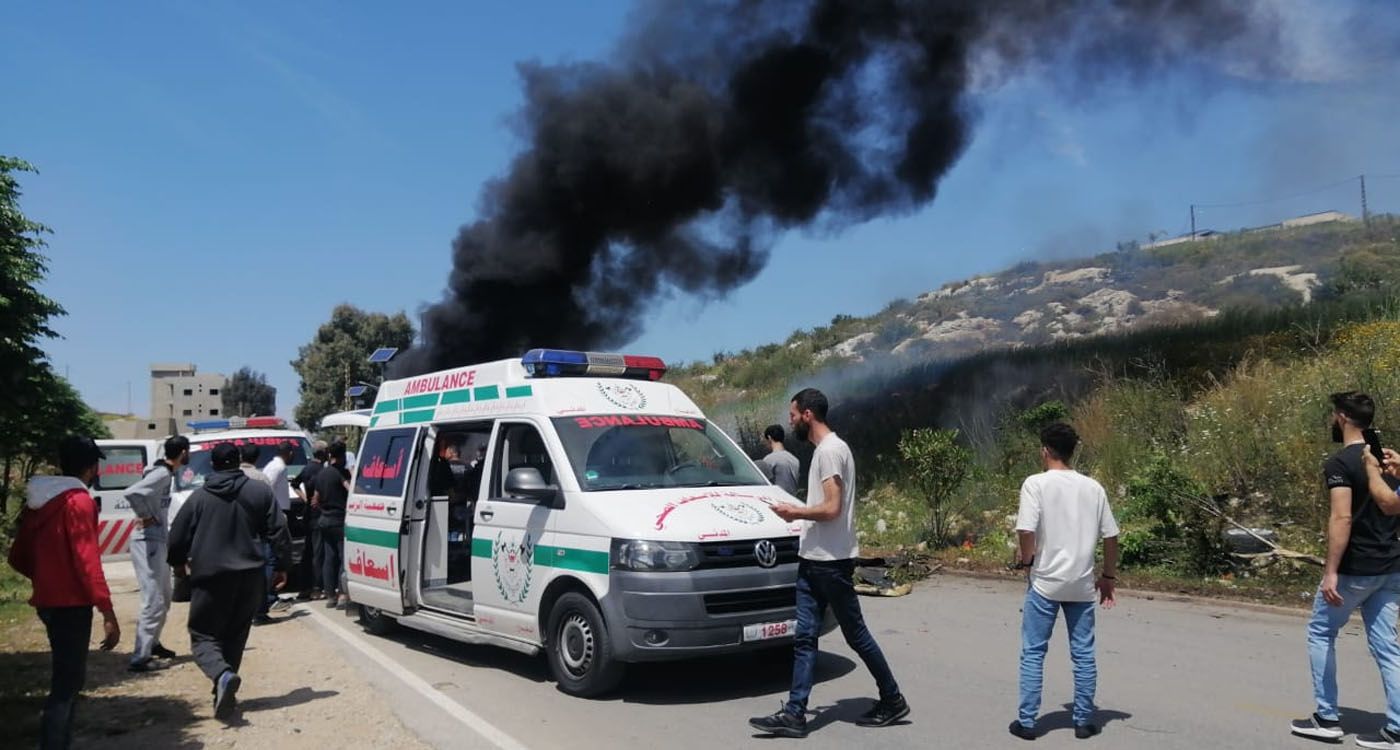
Southern Lebanon witnessed a sharp escalation in Israeli strikes on Sunday, following recent statements by Hezbollah reaffirming its refusal to disarm. As tensions mount, these attacks appear to serve as both a military maneuver and a political message from Israel – underscoring the fragile equilibrium between the Lebanese state and the Iranian-backed militia, which is increasingly out of step with shifting regional dynamics.
Sunday marked one of the most violent days since the February ceasefire. Through a series of targeted strikes on alleged Hezbollah positions, the Israeli army raised the level of confrontation. This offensive came just days after Hezbollah’s Secretary-General, Naim Qassem, reaffirmed the group’s categorical rejection of disarmament, declaring that Hezbollah “will not allow anyone to disarm it,” not even under pressure from Washington or Israel.
Qassem’s remarks, echoed by Wafiq Safa, were widely seen as direct provocations. Both figures insisted on maintaining Hezbollah’s military arsenal, asserting that no force could “disarm the resistance.” This stance directly contradicts the official position of the Lebanese state, reiterated both in President Joseph Aoun’s inaugural address and in the ministerial statement, which affirmed the exclusive right of the state to bear arms.
A Targeted Israeli Response
Some observers argue that Hezbollah’s defiance reflects a denial of the strategic setbacks it has suffered in recent months. Despite mounting military pressure from Israel and growing international isolation, the pro-Iranian group remains intent on preserving its military capabilities and political clout in Lebanon – at the risk of further destabilizing the country. Hezbollah continues to place its hopes on Iranian-American negotiations, which some diplomats view as a potential exit strategy. Yet this bet on maintaining the status quo appears increasingly precarious.
Recent Israeli airstrikes have targeted strategic Hezbollah sites in Sajad, Louaize and Jabal Safi, damaging facilities used for storing missiles and launching platforms. This level of intensity – unseen since February 18 – marks a significant escalation. By striking key positions, Israel aims to disrupt Hezbollah’s supply chain and reduce its ability to lauch missiles. These operations are not only military but also deeply political, serving as direct replies to Hezbollah’s public rhetoric.
Simultaneously, an Israeli drone strike targeted a vehicle in the village of Kaouthariyat al-Siyad, killing one Hezbollah member and injuring two others. This precision strike is part of a broader Israeli campaign aimed at weakening the group’s military infrastructure and neutralizing its commanders.
Lebanon at a Crossroads
In the face of these developments, Lebanon finds itself at a structural impasse: how can it assert full sovereignty while a non-state actor like Hezbollah continues to operate autonomously? President Aoun recently reiterated his opposition to integrating Hezbollah into the national army, stating he “does not wish to replicate the Popular Mobilization Forces (Hashd al-Shaabi) model seen in Iraq,” where Iranian-backed militias hold sway over state institutions.
According to well-placed Lebanese sources, some officials view the gradual dismantling of Hezbollah’s military wing – and its reintegration into state structures – as the only viable long-term solution. But how realistic is that goal? And who can guarantee that Hezbollah will not continue to provoke confrontations with Israel?
Lebanon stands at a decisive crossroads. The country is caught in an increasingly unsustainable duality: on one side, the state; on the other, Hezbollah. The question remains: how long can Lebanon maintain this fragile balance – and at what cost to its future?





Comments